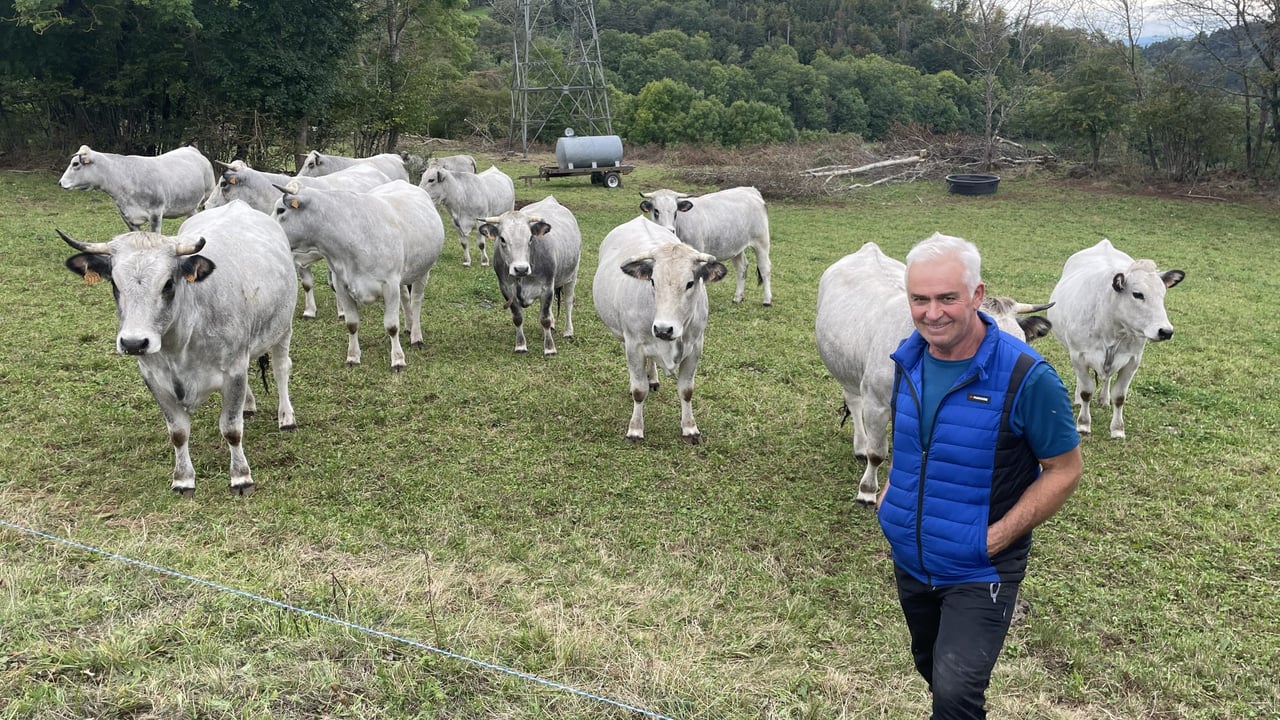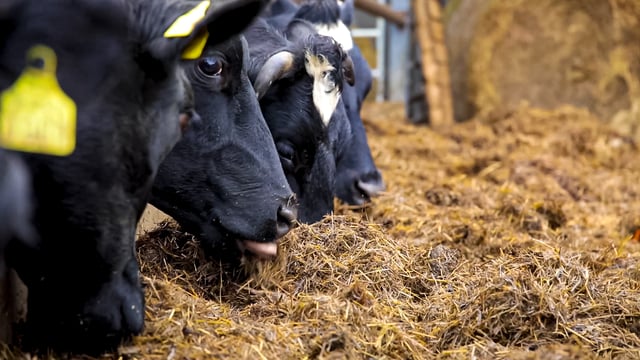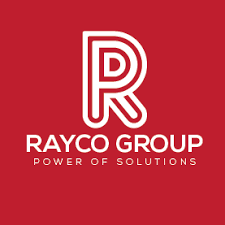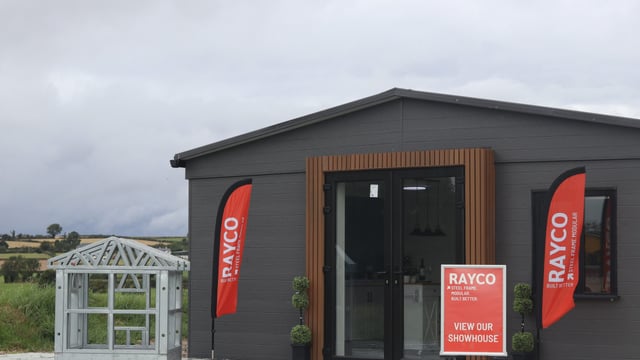Pedigree Gascon suckler herd selling boxed beef in France
Many French breeds of cattle and sheep have become common in Irish farming systems but the Gascon cattle breed is one of the more uncommon ones on Irish farms.
At the recent Sommet de l’Élevage agricultural show, visitors from overseas were invited on a series of farm tours and Agriland paid a visit to a farmer with a pedigree herd of 60 Gascon suckler cows.
The 115ha farm is located 1km above sea level in Siauges Saint Marie, France and is owned and operated by Hubert and his son Nicolas Jouve.
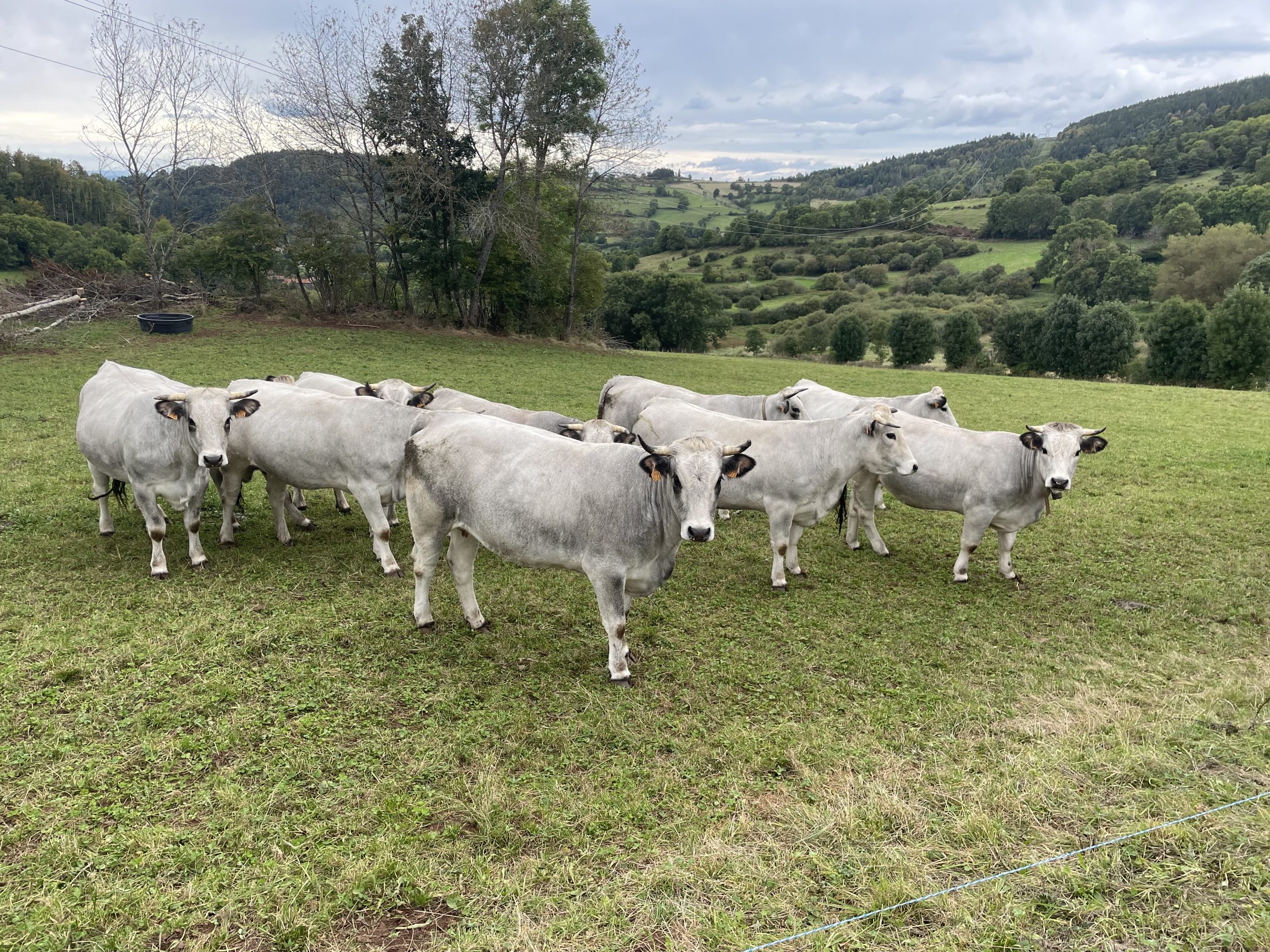
The farm grows 25ha of cereals which are used for feed as well as 1ha of lentils which are sold on-farm.
There are 25ha of temporary pasture which includes 3ha of Lucerne as well as 35ha of permanent pasture and 10ha of pasture that gets gravity-fed irrigation.
The 60-cow Gascon suckler herd is calving all year round and beef progeny from the herd are fattened and sold as boxed beef.
As well as beef, the farm also supplies pork and lamb to customers in the surrounding region. Livestock are slaughtered nearby in Brioude and carcasses are then processed and packaged at an on-farm preparation unit.
On average, one beef animal as well as eight pigs and three lambs are sold through the business every week.
Huber said that the Gascon beef is known for its good eating quality and said his customers "are very happy with it".
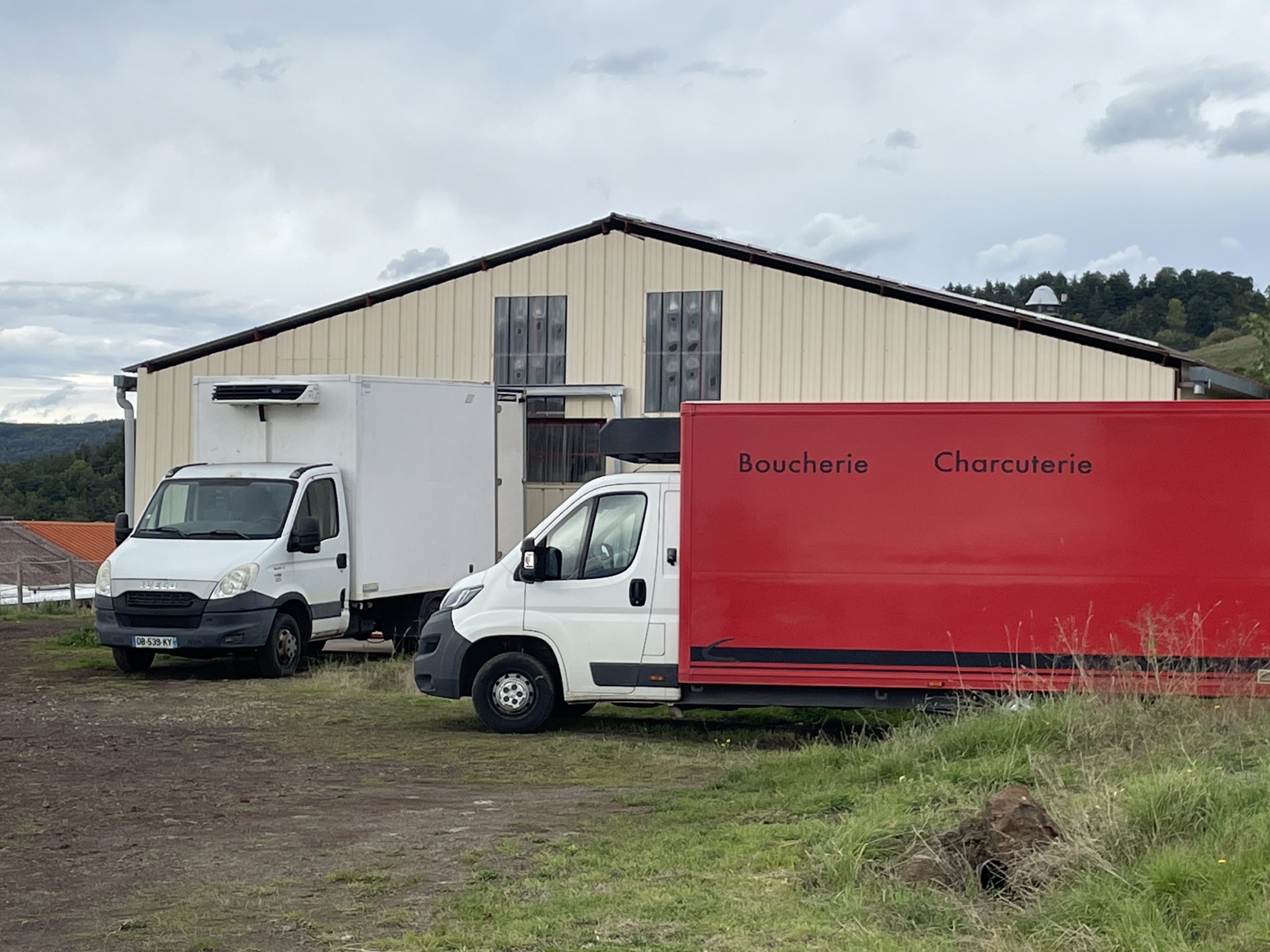
350 to 400 pigs are purchased every year at 25kg and are fattened to slaughter on straw-bedded pens.
Approximately 150 lambs are bought in and brought to finish on the farm also. The breed of lamb produced on the farm is Noir du Valais.
The farmer explained to the delegates on the trip that a heifer with a carcass weight of 300kg would have a value of €1,800 if sold though a conventional system but that value rises to approximately €3,000 when sold direct to the consumer.
Hubert and Nicolas sell their beef at their farm shop and also travel to two markets/week in neighbouring towns.
In order to have cattle available for the boxed beef enterprise, cows calve all year round.
Breeding takes place by way of natural service using two bulls that are purchased from the breed-testing station.
The average calving interval on the farm is 363 days, and the Gascon breed is known for having a good calving interval.
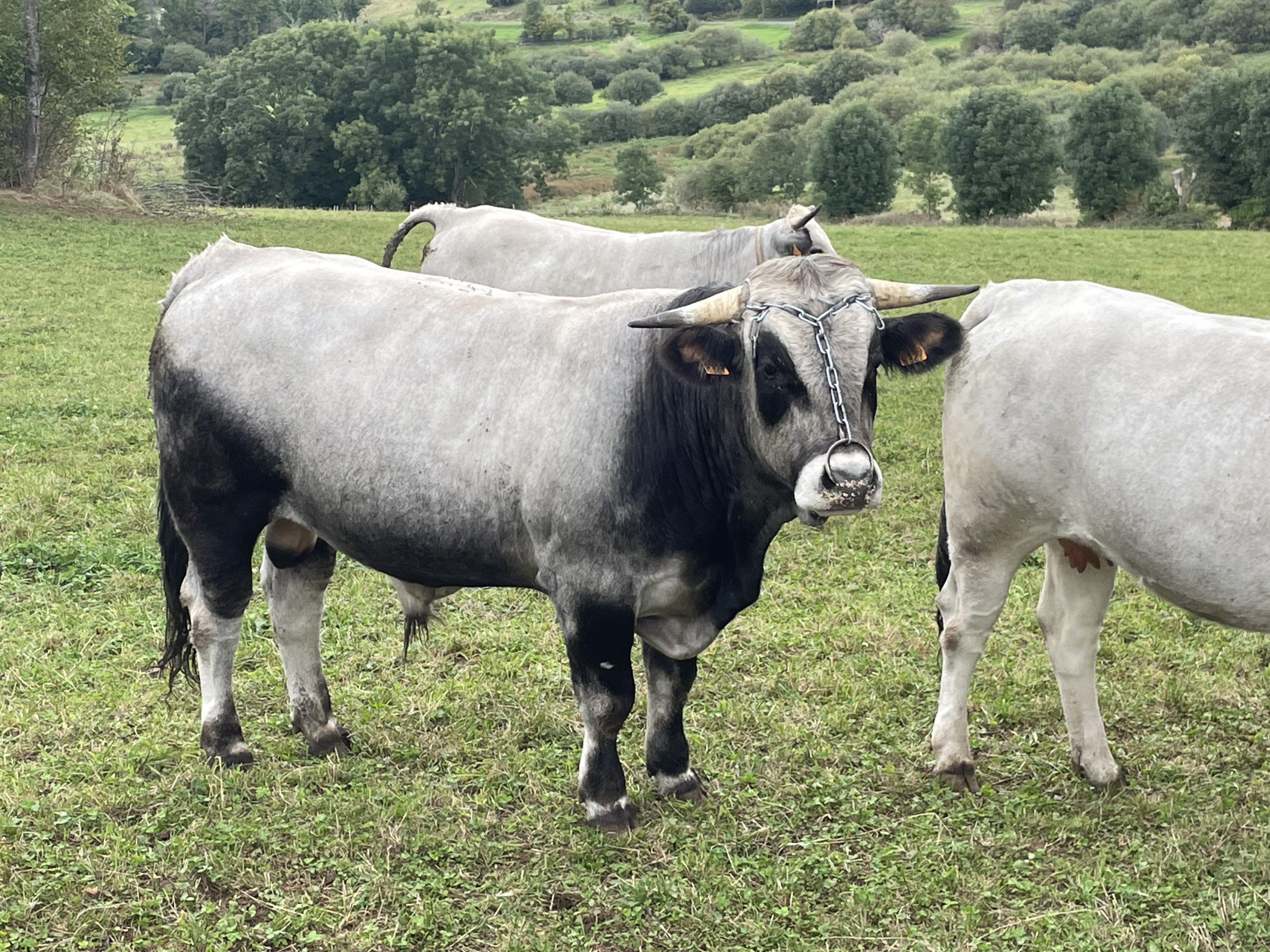
Replacement heifers are produced on-farm and calve at 24-30 months of age.
The remaining heifers are slaughtered at 300-400kg carcass weight. Bulls are up to 500kg carcass weight at slaughter and some young bulls are slaughtered at seven months of age with a target carcass weight of 200kg.
The suckler cows and replacement heifers on the farm have bells attached and the farmer says that this helps to keep deer away from the cows, reducing the risk of disease spread.
Land in the region costs from €100-150/ha to rent and the farmer who is farming the land, receives all farm support payments.
Hubert said that wolves are a threat in the region and have been known to take calves in the past.
Gascon cattle are known for being a hardy cattle breed with a coat of short, thick hair enabling them to tolerate extreme temperatures and to shed water well.
The breed are well capable of calving naturally and calves tend to be smaller at birth. Gascon cows are known to be good mothers with good milk production for a beef breed so calves quickly gain weight after birth.
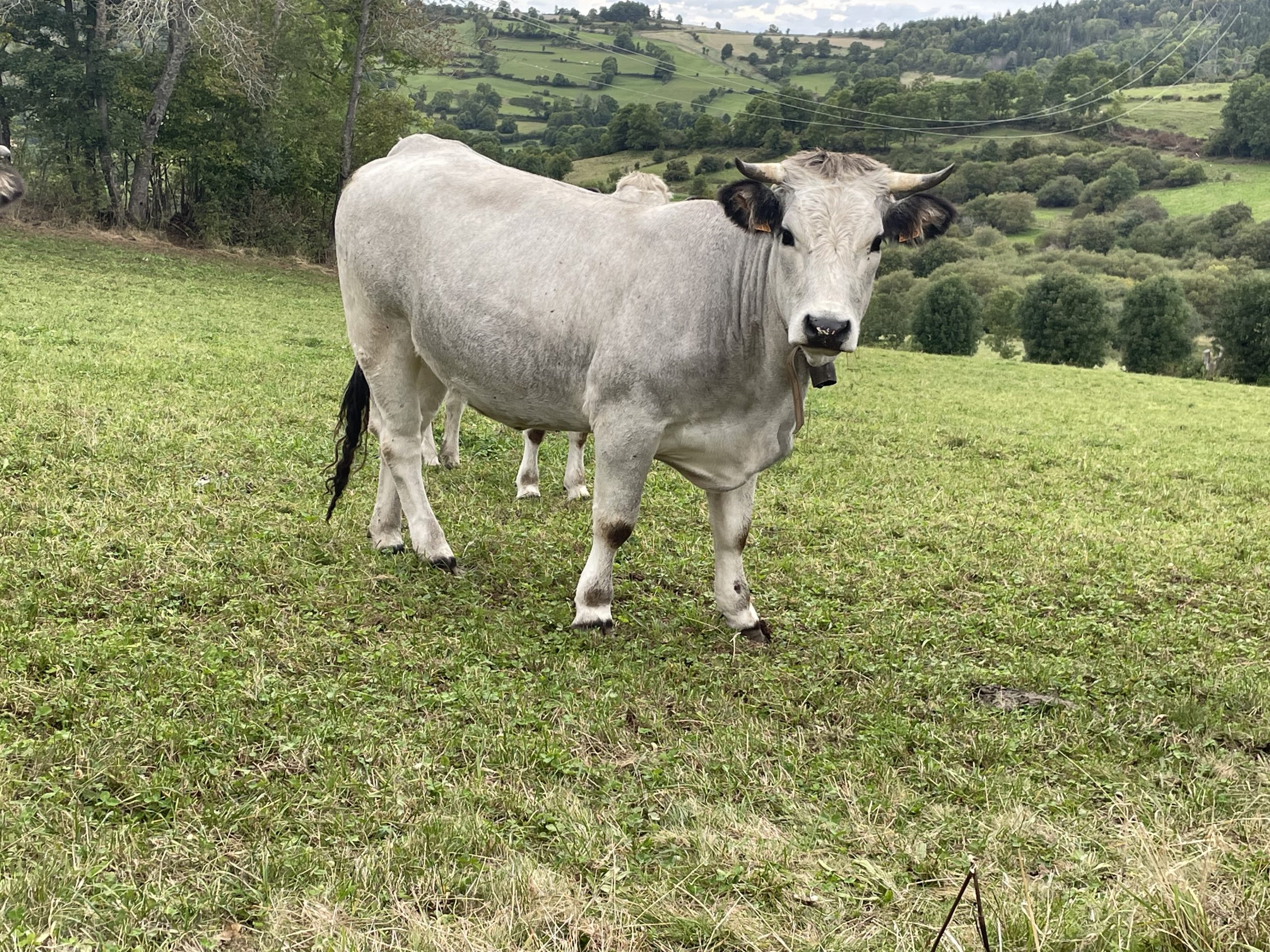
The breed also has a good feed conversion efficiency as it originates in a mountainous region where feed is often scarce.
Gascon cows have a grey coat but calves are born red and turn grey at around four months old. The bulls are grey and shade to black underneath.

